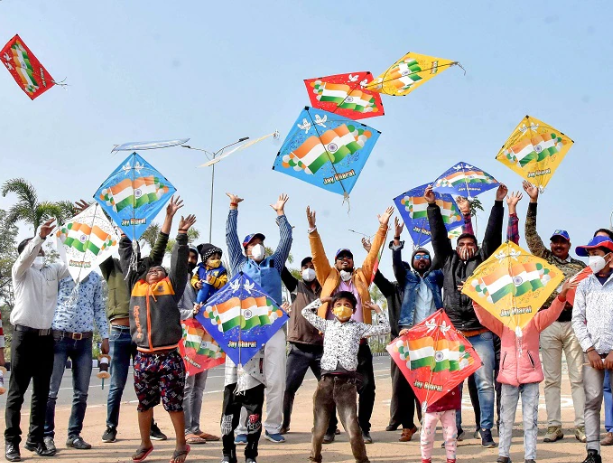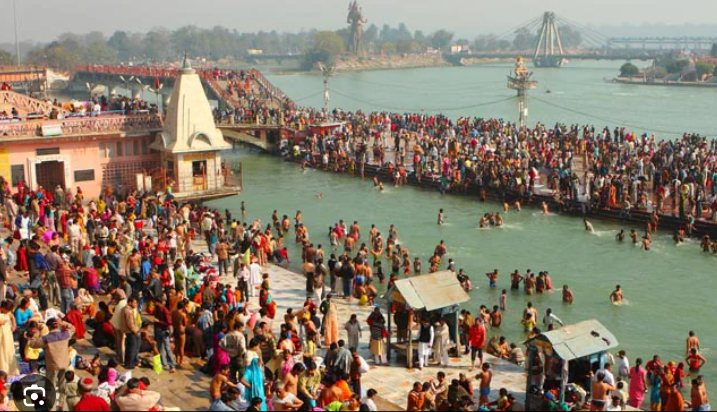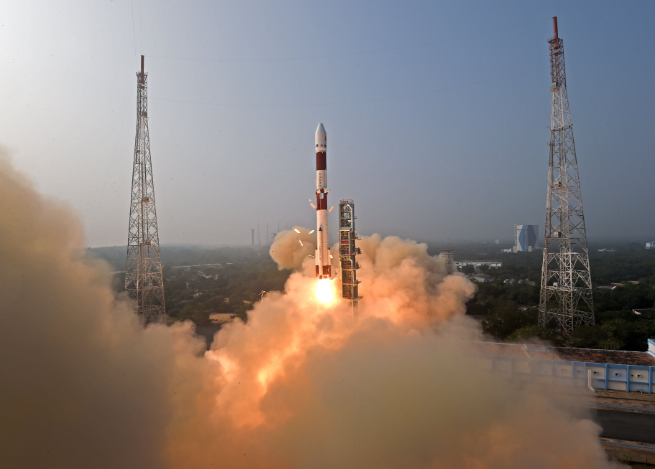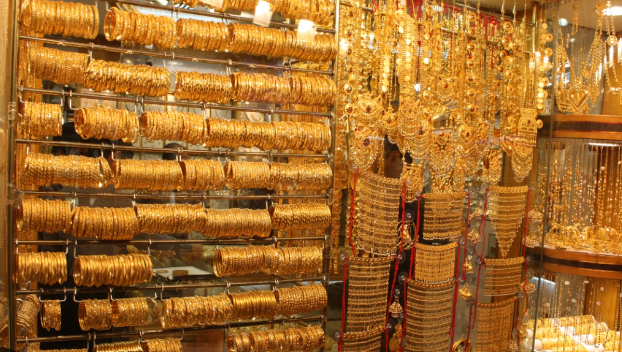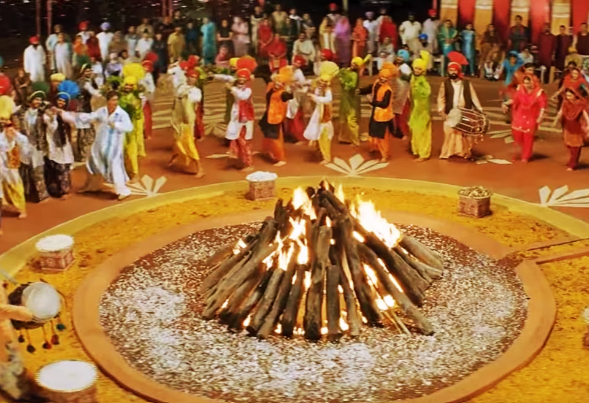
Makar Sankranti 2024: Unveiling Fascinating Insights You Never Knew About This Vibrant Festival
Makar Sankranti 2024: Unveiling Fascinating Insights into the Festival’s Rich Tapestry
As the vibrant festival of Makar Sankranti approaches in 2024, it’s time to delve into the lesser-known aspects that make this celebration unique and captivating. Beyond the colorful kites and delightful feasts, Makar Sankranti holds a rich tapestry of traditions and stories that add depth to its significance.
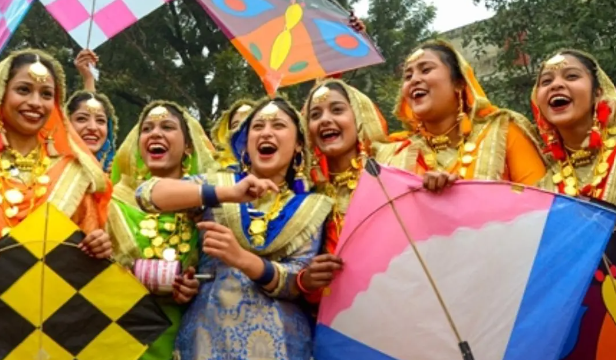
1. Celestial Alignment:
Makar Sankranti marks the sun’s transition into the zodiac sign of Capricorn, known as Makara in Sanskrit. This celestial event signifies the end of the winter solstice and the beginning of longer, warmer days. The alignment holds symbolic importance, symbolizing the shift towards auspicious times and the triumph of light over darkness.
2. Diverse Regional Celebrations:
While Makar Sankranti is celebrated across India, its regional diversity adds a colorful flair to the festivities. In South India, the day is known as Pongal, featuring the boiling of the newly harvested rice. In Punjab, it transforms into Lohri, celebrated with bonfires and lively dance. The diversity of customs showcases the unity in diversity that defines India’s cultural landscape.
3. The Tilgul Tradition:
Exchanging tilgul (sesame and jaggery sweets) and saying, “Tilgul ghya, god god bola” (Accept this tilgul and speak sweetly) is a customary practice during Makar Sankranti. Beyond its sweetness, the ritual symbolizes the exchange of good wishes and the importance of amicable communication in fostering positive relationships.
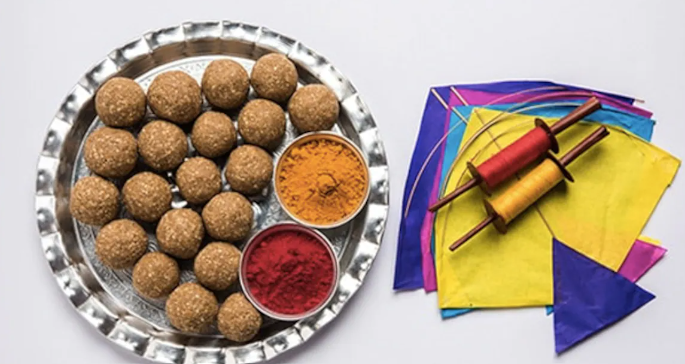
4. Kite Flying Extravaganza:
One of the most visually stunning aspects of Makar Sankranti is the widespread tradition of kite flying. The skies come alive with vibrant colors as people of all ages engage in friendly competitions. The act of flying kites is believed to bring good luck and symbolizes the soaring of spirits.
5. Scientific Significance:
Makar Sankranti has deep-rooted connections with astronomy and agriculture. The sun’s transition brings about a change in weather patterns, heralding the onset of the harvest season. Farmers view this as an auspicious time to begin their agricultural activities, sowing the seeds for a bountiful crop.
6. Harbinger of Spring:
Makar Sankranti, with its focus on the changing position of the sun, symbolizes the arrival of spring. The festival encapsulates the joy and rejuvenation associated with the blooming of flowers, the chirping of birds, and the promise of a new agricultural cycle.
7. Ritualistic Holy Dips:
Taking a holy dip in rivers during Makar Sankranti is a revered tradition believed to cleanse the soul and absolve sins. The Ganga Sagar Mela, where millions gather to bathe at the confluence of the Ganges and the Bay of Bengal, is a testament to the spiritual significance attached to this ritual.
For the latest updates-click here.

